If you have spent any time in our shop, you’ve probably noticed the superb wines of Fèlsina from the Castelnuovo Berardenga area of Chianti Classico. In fact, featuring these Tuscan beauties has become something of a tradition for us. (The card on the ever-present box of Chianti Classico now reads: “Excellent as Always.”) Our longstanding commitment to this esteemed producer has set forth a wonderful, mutually beneficial experience for us, our customers, and the winery.
Over the years, many of us at Paul Marcus Wines (and a number of you) have had the opportunity to visit Fèlsina, and we’ve become well acquainted with these great wines and the lovely people who work to create them. It really is an example of remarkable, dedicated people and an extraordinary place on Earth coming together to create something distinctive and magnificent.
In 1966, Domenico Poggiali acquired the estate and began a serious upgrading of farming and vineyard management. With the addition of Giuseppe Mazzocolin (a scholar of classics and history turned wine producer) in the late 1970s, the modern winery began to take shape, and by the mid-1980s, they were already producing some of Tuscany’s most memorable wines.
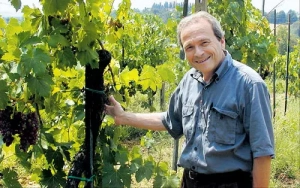
Giuseppe Mazzocolin
Located in the southernmost part of the Classico zone, Fèlsina is devoted to sangiovese, the area’s supreme grape, and to organic, environmentally responsible farming. They produce wines they believe to be the most Brunello-like of all Chianti. Indeed, these are some of the deepest and most age-worthy wines of Chianti Classico, celebrating the region’s singular earthy terroir, with dark fruits and anise and sandalwood spice notes.
Yet, these wines are so polished and elegant that they are enjoyable immediately, even the great Rancia Riserva. That said, I have had many old bottles of the Rancia, and they can be absolutely stunning, easily eclipsing probably 90 percent of Brunello on the market. And once you get a look at the site, you can understand how that is possible.
I have a fond memory of driving around with Giuseppe and stopping at a small dwelling at the top of the old, perfectly southwest-facing Rancia vineyard. It is breathtakingly beautiful and simply ideal for the sangiovese that thrives there. Mind you, Fèlsina uses only sangiovese for their Chianti Classico. (They believe, as I do, that cabernet and merlot take away much more than they give to sangiovese.) I asked Giuseppe how old the house is, and he said, “Well, I have papers back to 1400, so perhaps it’s older.”
Currently, we offer a number of different Fèlsina wines from several vintages, in both standard and half bottles, including the 2017 and 2018 Rancia. Also noteworthy is the exceptional value of these wines–the flagship Chianti Classico is still less than $30, and the Berardenga Riserva is less than $40. And the Rancia Riserva, one of the world’s most enchanting wines, is $60 for the ’17 and $62 for the ’18–not exactly cheap, but rather reasonable when compared to the cost of a middling Burgundy, Bordeaux, or California cabernet.
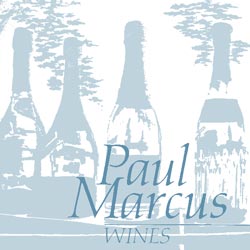
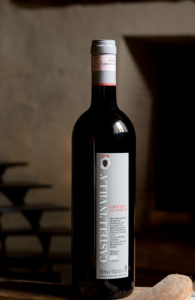

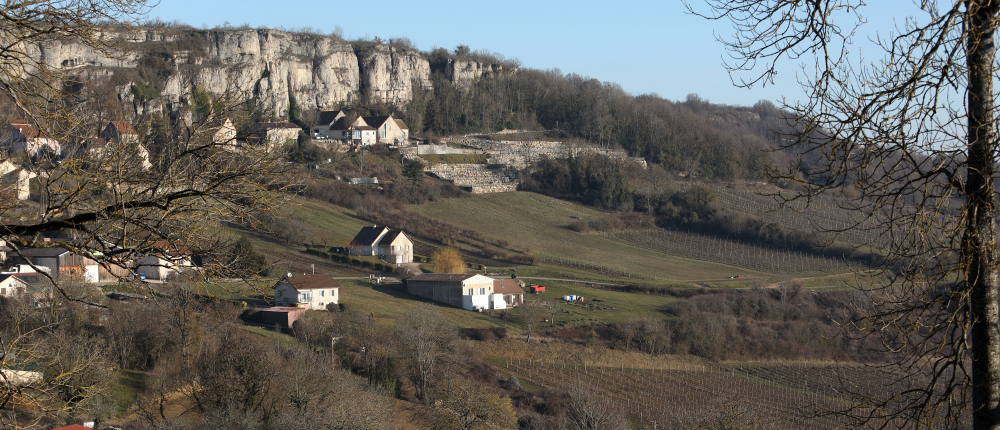
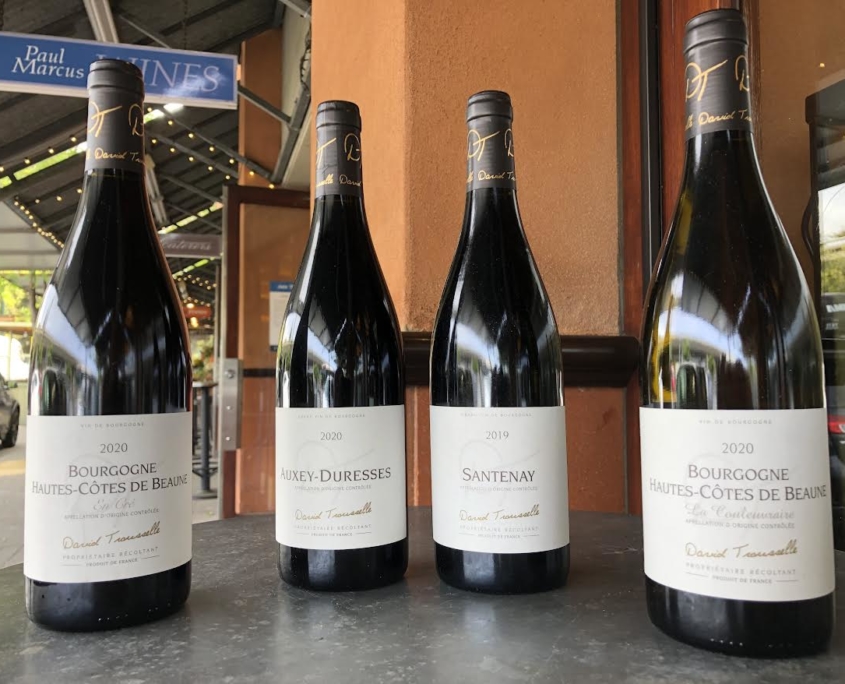
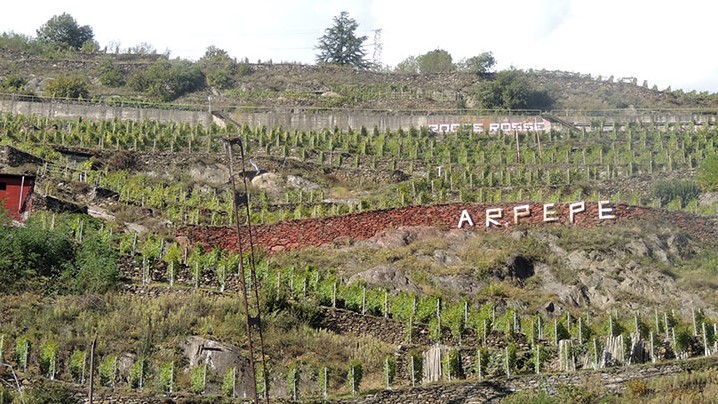



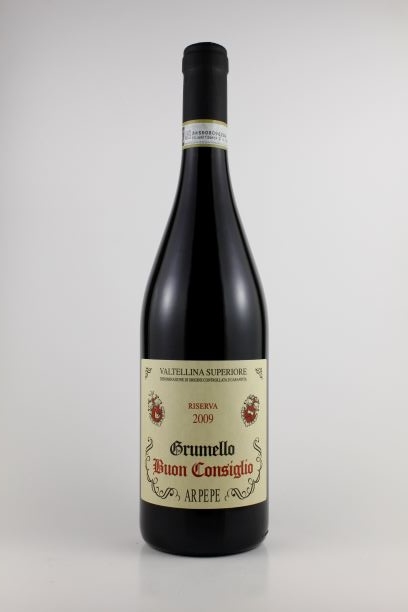
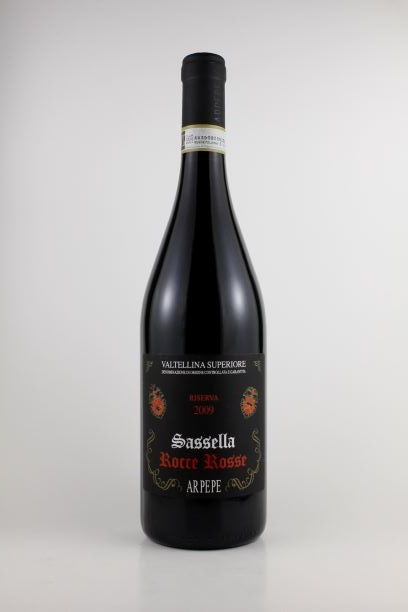

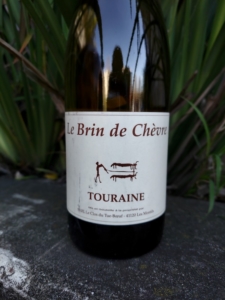
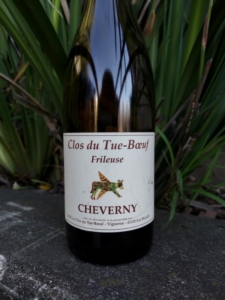
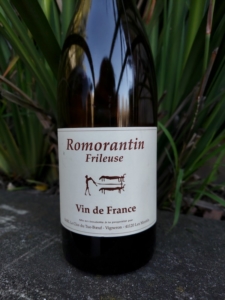
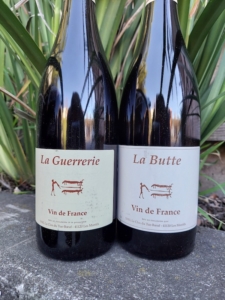 For a taste of this producer’s red wines, stop in to pick up either the
For a taste of this producer’s red wines, stop in to pick up either the 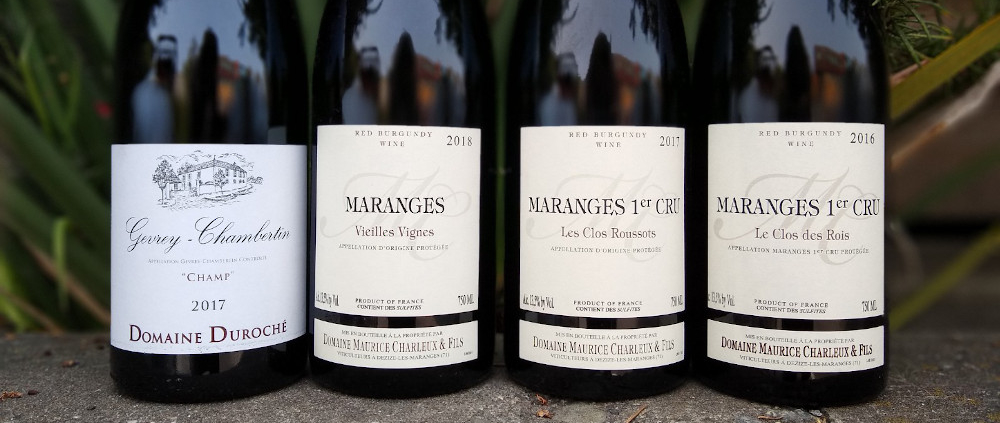
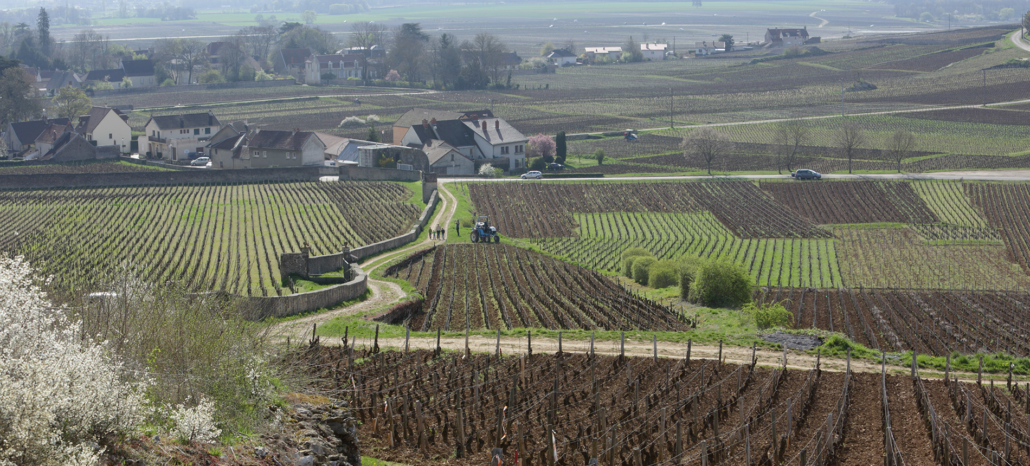
 Duroché owns more than eight hectares of vineyard holdings in the Gevrey appellation. As you would expect, the utmost attention is given to the health of the soil. The grapes are rigorously sorted both in the vineyard and the cellar. Everything is de-stemmed, and the wines never see more than 15 percent new oak.
Duroché owns more than eight hectares of vineyard holdings in the Gevrey appellation. As you would expect, the utmost attention is given to the health of the soil. The grapes are rigorously sorted both in the vineyard and the cellar. Everything is de-stemmed, and the wines never see more than 15 percent new oak.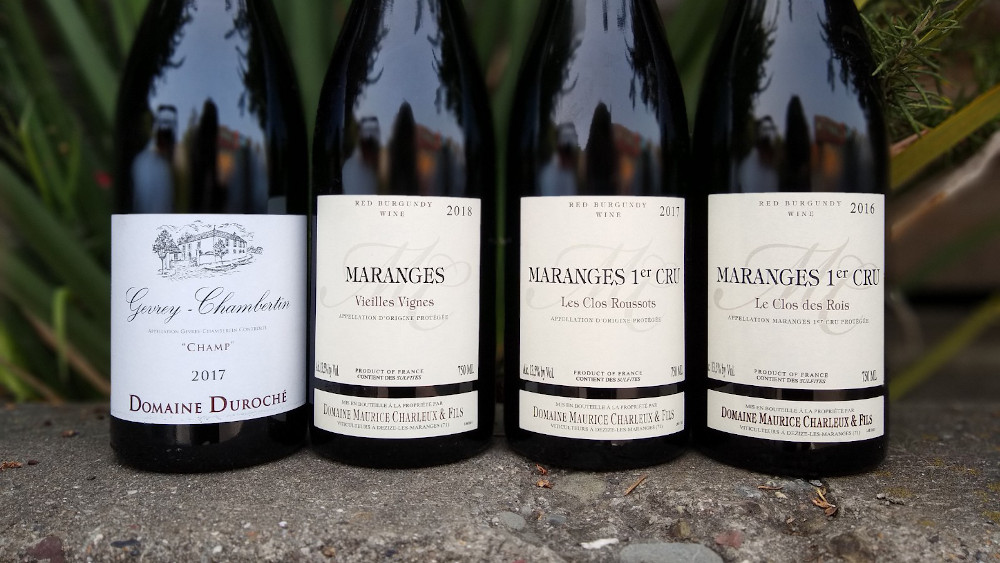
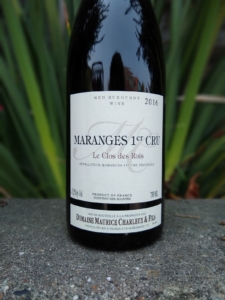

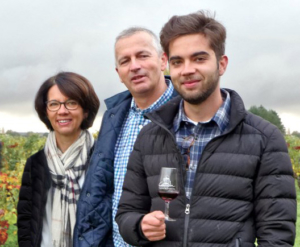
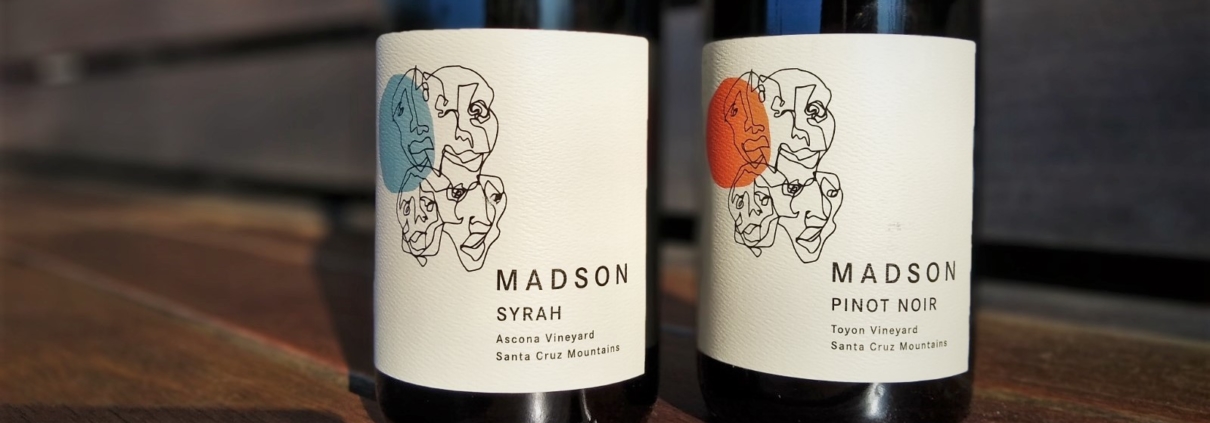
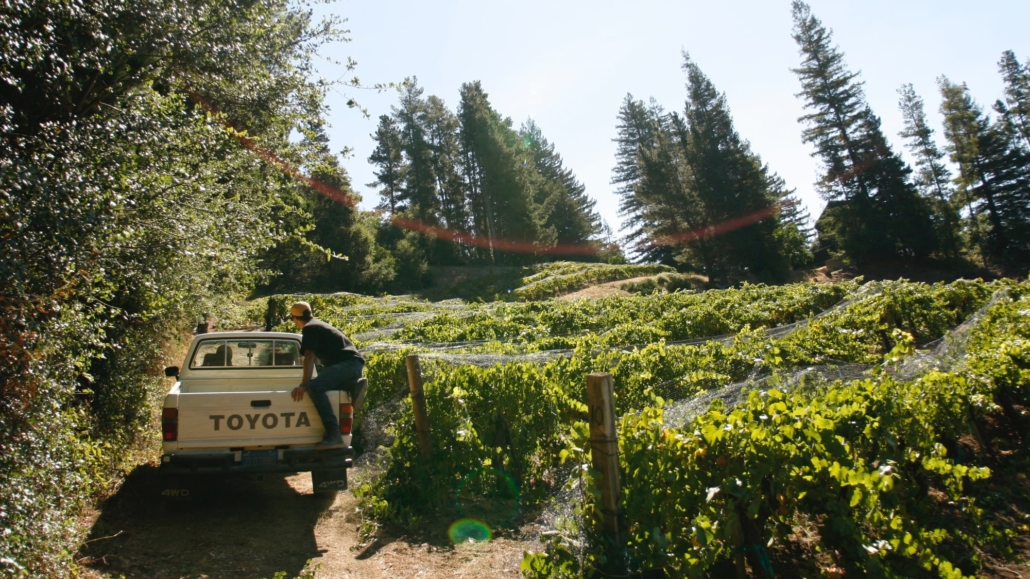
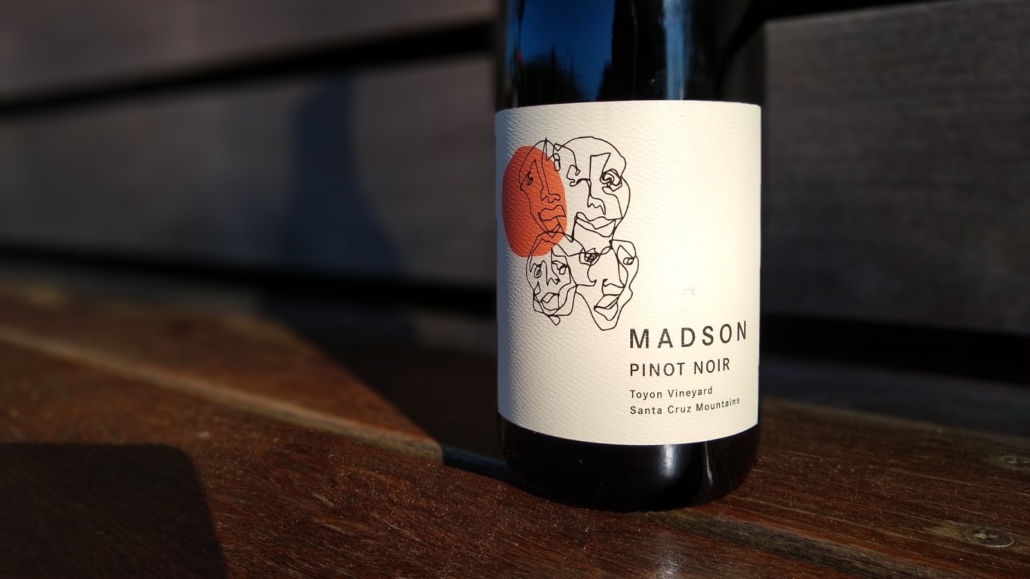



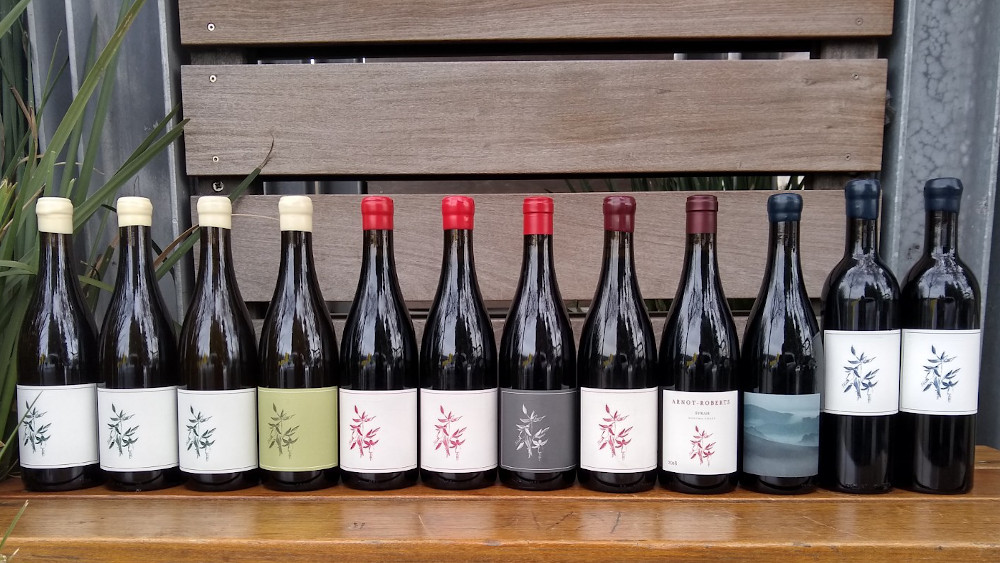
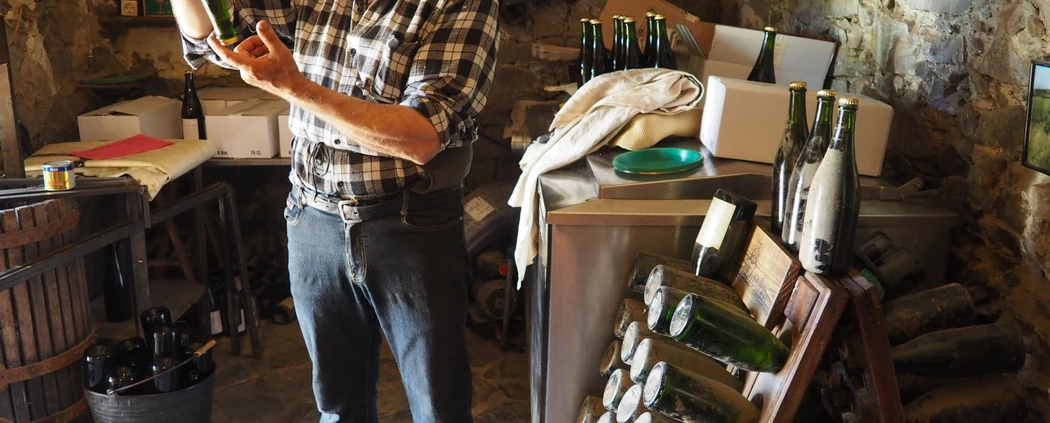

 Élevage happens in stainless steel, as Carles doesn’t believe his wine needs to touch wood at any point in its lifespan. This is also why he bottles in used Freixenet Cava bottles with crown caps; he doesn’t want anything to do with cork either. His wines are definitely fruit-forward–somewhat rich and high in alcohol–yet they offer a licorice-tinged, herbal complexity that draws you back for more. For me, this wine would shine on a stormy night, the colder the better, with a spicy lamb braise.
Élevage happens in stainless steel, as Carles doesn’t believe his wine needs to touch wood at any point in its lifespan. This is also why he bottles in used Freixenet Cava bottles with crown caps; he doesn’t want anything to do with cork either. His wines are definitely fruit-forward–somewhat rich and high in alcohol–yet they offer a licorice-tinged, herbal complexity that draws you back for more. For me, this wine would shine on a stormy night, the colder the better, with a spicy lamb braise.